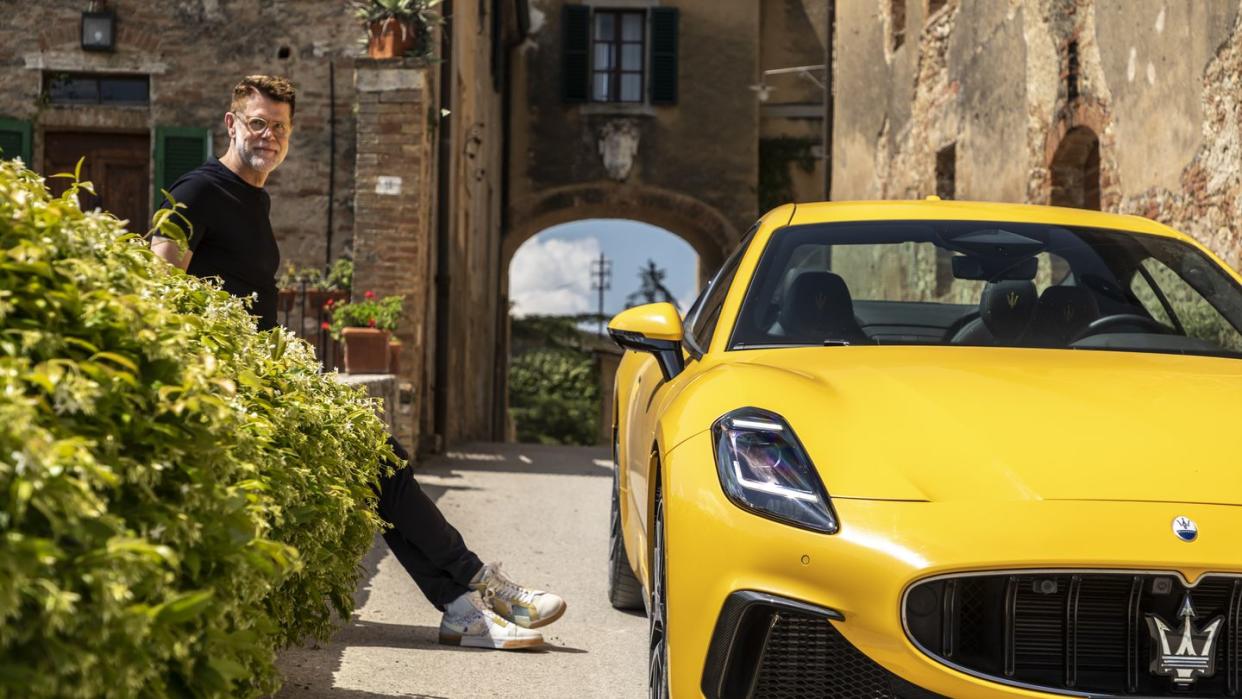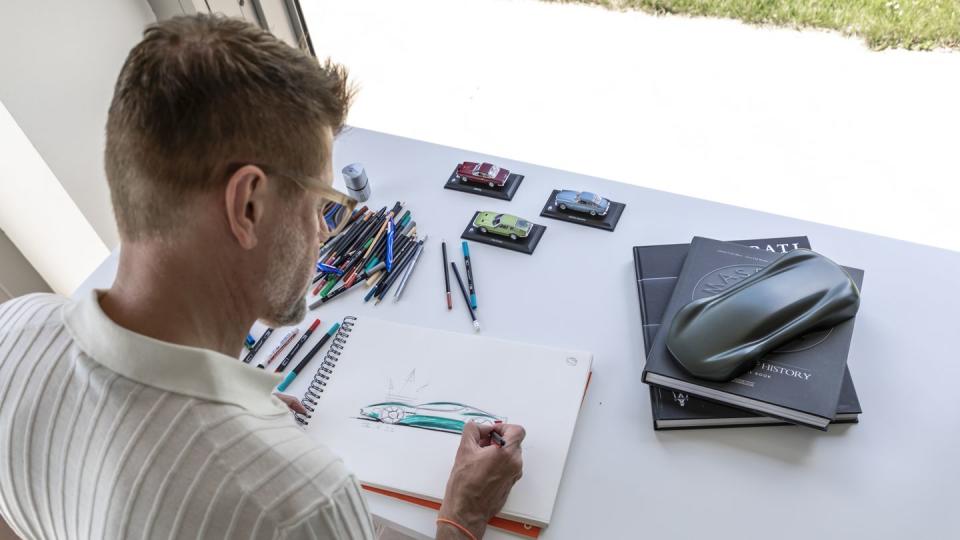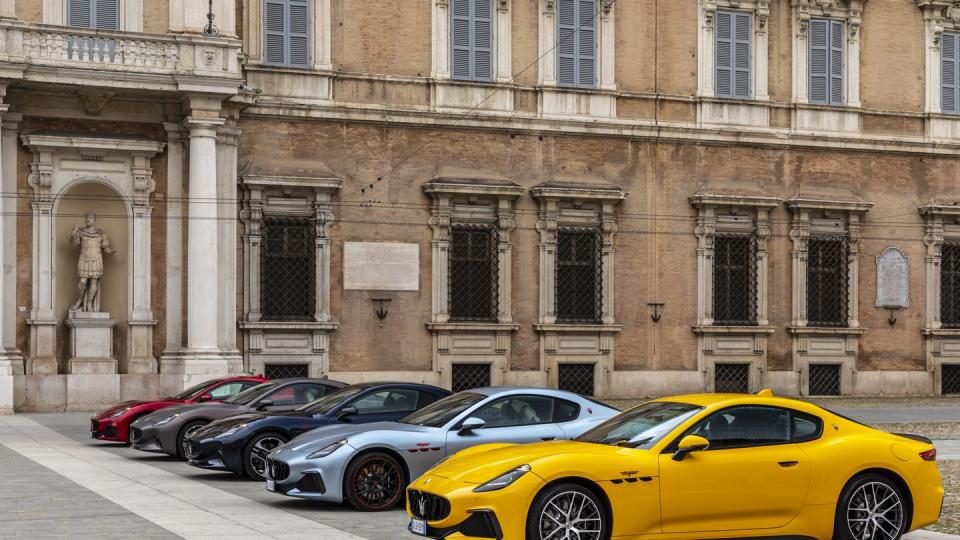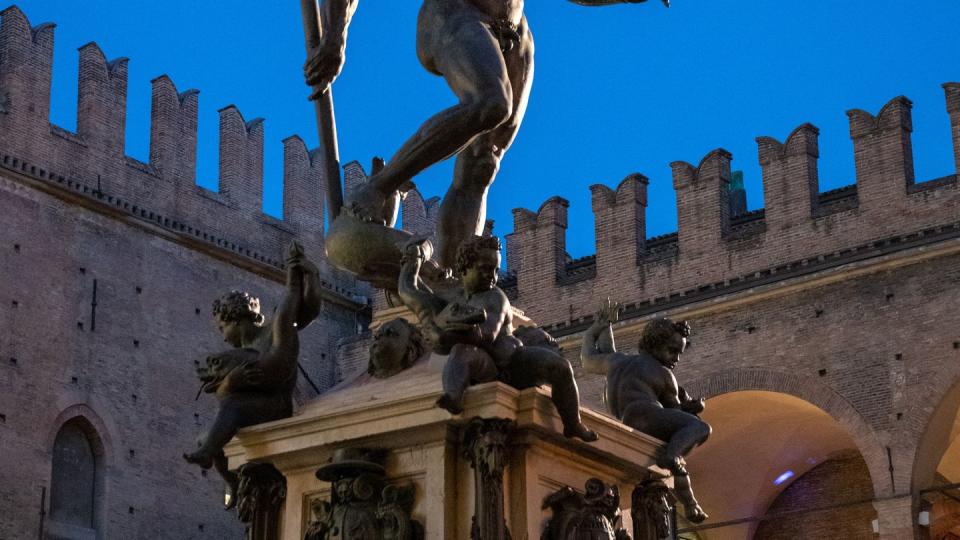The Man Behind Maserati's New Models Thinks Cars Need a More Human Touch

After WWII, Italy was going through an era of economic boom. Italian products defined luxury, optimism and enjoyment. Cars were either built for comfort or performance, not both. During this time, Maserati introduced the concept of grand touring, essentially traveling with both speed and style, with their iconic four-seat, two-door coupe, the A6 1500. From this starting point, Maserati continued to produce vehicles in the granturismo spirit, including the 3500 GT and the Ghibli, eventually followed by the first Maserati to be aptly titled “GranTurismo” in 2007.
In 2015, Klaus Busse took the helm of Maserati Design, ushering in the modern era of design at Maserati. In fall of 2020, Klaus and Maserati launched the MC20, a handcrafted from the ground up Maserati that could share the stage with luxury sport cars from other notable performance manufacturers including Porsche and Ferrari.
With the MC20 firmly returning Maserati to the conversation as an Italian sports car manufacturer, Klaus was ready for the next challenge.“GranTurismo” may be an overly-used term by auto manufacturers these days, but it was essential for the new Maserati GranTurismo to reclaim the name, spirit, and luxury of a performance vehicle built for 4 to enjoy the open road. Klaus and his team got to work on something truly groundbreaking—Not only reclaiming their heritage, but doing it with both an internal combustion and also as Maserati’s first electric vehicle.
ESQ: Do you think, as a designer, the palette changes with each car's history or brand signature? So when you shifted to Maserati, and its design language, how did that affect your palette?
Klause Busse: Let me actually start earlier than that. I was German, worked at Mercedes for 10 years, and I went to a great school of design in Stuttgart. When I came to the U.S., the point was to create an American product. My advantage actually was being an outsider. I had a very, very clear perspective about what American culture is from outside the U.S.. And so together with the team, I think we did some really, truly American design work.
When I came to Italy, I just had to take a different perspective and apply the same thinking. I was up all night to understand. OK, what is Italian design for me? And then it became really clear in my head that Italian design is to do the best “in the moment.” When you actually see how Italian design jumped from the 60s to the 70s? No other country did that. In the 60s, you had these voluptuous shapes. Everything was round and beautiful. And arguably the most beautiful cars in the world. They said let's throw that away. Let's do something radical. The early 70s, late 60s, gave us all these wedge shaped cars.
We didn't do what was done in the 60s, 70s where every car was a completely new expression. I think we have a little bit of a family look. Then another point for us at Maserati for sure, even though it's a lot about the latest technology, there's still this hand modeling aspect in it—the human hand, the touch. And so all the cars, even the Gran Turismo, they're eventually modeled in the computer, but there was always the step of the hand modeling part, allowing the hand to touch it. I think that's still an important part.
There's brands out there in Germany for example. They're so full of edges and there is no human touch anymore. They're almost designed to look like a human never touched them. And that works very well for their brand, it's just a different approach. Whereas our approach is still the Italian approach.
And then if you really want to go philosophic, I always thought to take the Leonardo da Vinci approach where the design of this, or the art of it, is almost a byproduct of the science. Whereas Michelangelo was a pure artist and with Leonardo Vinci, you can argue was he a scientist or was he an artist? That is what fascinates me, especially about Maserati.

ESQ: What's your favorite part in the design process?
KB: The beginning. The end. At the beginning, to be more specific, what is the beginning? The beginning is not giving a package to a group of designers and saying "OK, see you in four weeks and show me some cool sketches." But the important part in the beginning is to sit down and actually talk about what's the relevance of what we're doing here? How is this going to elevate the brand? Because you know, when you look at a Maserati, the Grand Turismo, that car will go into collections. That car will be on a Concours d'Elegance in 20-30 years. It will be judged by people when I'm long gone. And so that kind of weight and responsibility—you can't just sit down and start sketching or tell AI to create the next Maserati. You really have to have a philosophical debate of where you want to go, so that part is fantastic, because it challenges you. And then the final part when you are just fine tuning the car and you see it there three years later, and it's like, yeah!

ESQ: Speaking of seeing the car at the end of the process. Let’s talk about the Gran Turismo. You designed this car to house two distinct powertrains, both an internal combustion and an electric engine. What was the biggest challenge?
KB: I think the challenge was mostly for the engineers because by allowing us to keep the body. And replace everything that is ICE with everything that makes it EV. For us as designers, it was actually really no interference in our work. The only thing we had to do was pay care to aerodynamics on both cars to improve range. On the EV version we have even some specific wheels and the cooling is slightly different in the front. The car still needs cooling. There's sometimes the perception that electric cars do not need cooling because they don't have the combustion engine. You know how warm your phone gets, right? Batteries get warm, the motors get warm. What the engineers have done was actually really clever. They were able to reuse the cooling area that we had created for the ICE for the EV. We still need the air and that was probably the biggest challenge—to see how we manage the different needs for cooling.
Apart from aerodynamics, it was more about opportunities, for example in the interior. We really embraced this idea of taking the next step for interior materials. So the ICE is more with the expected carbon fiber leather. Whereas for the EV, we decided to take that next step and partnered with a company called Econyl, who produce a recycled nylon material. Recycled plastic in fabrics is nothing new, but when you recycle plastic into fabric you get a more coarse feel. Whereas when you recycle nylon it's almost silky. It's really beautiful to touch. And then we laser etched it with a parametric pattern. If I wanted to do this 20 years ago, I had to build every single one of these in data individually and parametric design today allows us to do very, very complex patterns. The pattern is inspired by this idea of metamorphoses—from combustion to electric. What can you do with Italian creativity? That for us, was this next step was in terms of creativity and innovation.

ESQ: What's the story behind the Maserati logo, the trident?
KB: It's not a logo. It's the weapon of a mythical mythical God. It's not a propeller, it's not rings or stars. It's the weapon of a mythical. If you carry a Trident, you don't have to prove anything anymore. We actually use the image of the Neptune statue of a fountain in Bologna as inspiration. And when you look at his posture. He's a God, right? The Trident is almost ready. It's too big to hide it, but he's got it a little bit behind him. Like, it's not threatening, but you can't ignore it. It’s just knowing it’s there when it needs to be used.
The Maserati Gran Turismo ICE models—the Trofeo and Modena—are available now, with the EV Folgore due in showrooms in early 2024.
You Might Also Like

